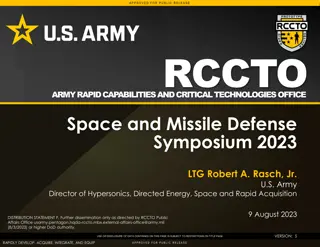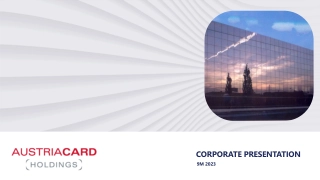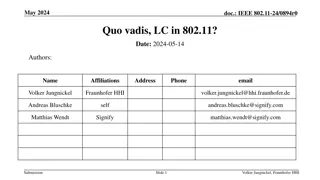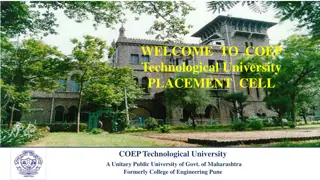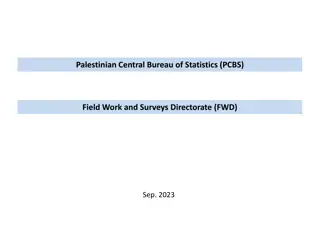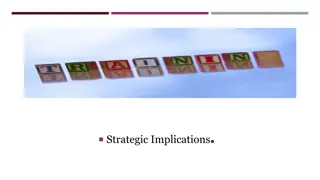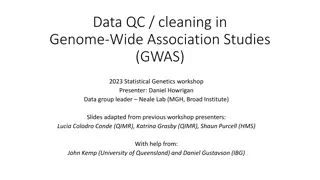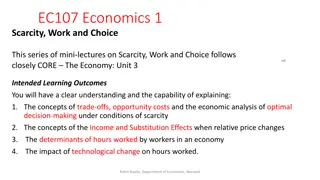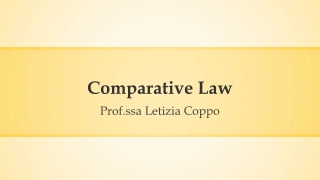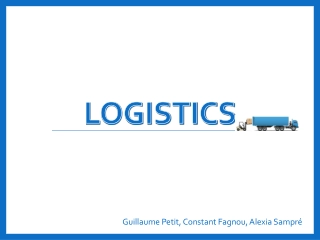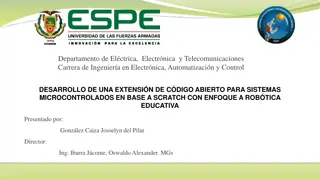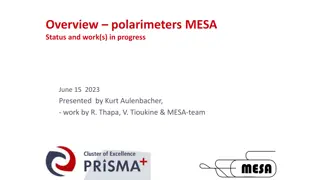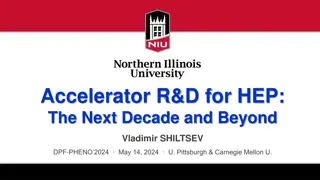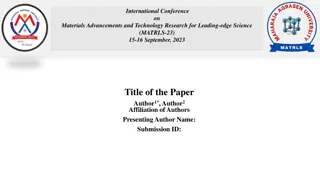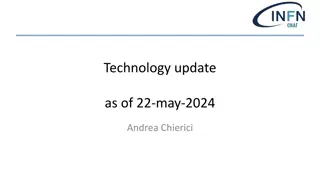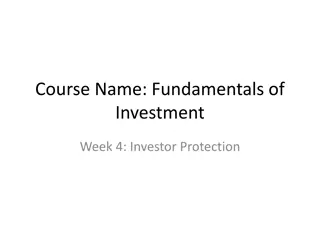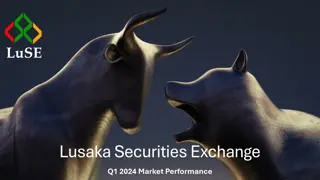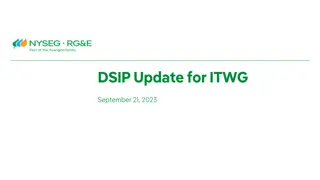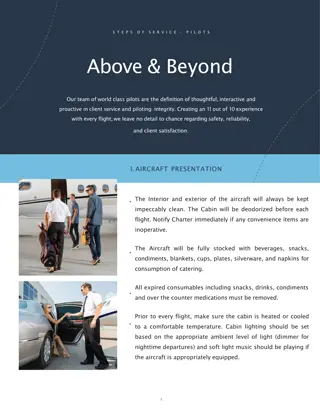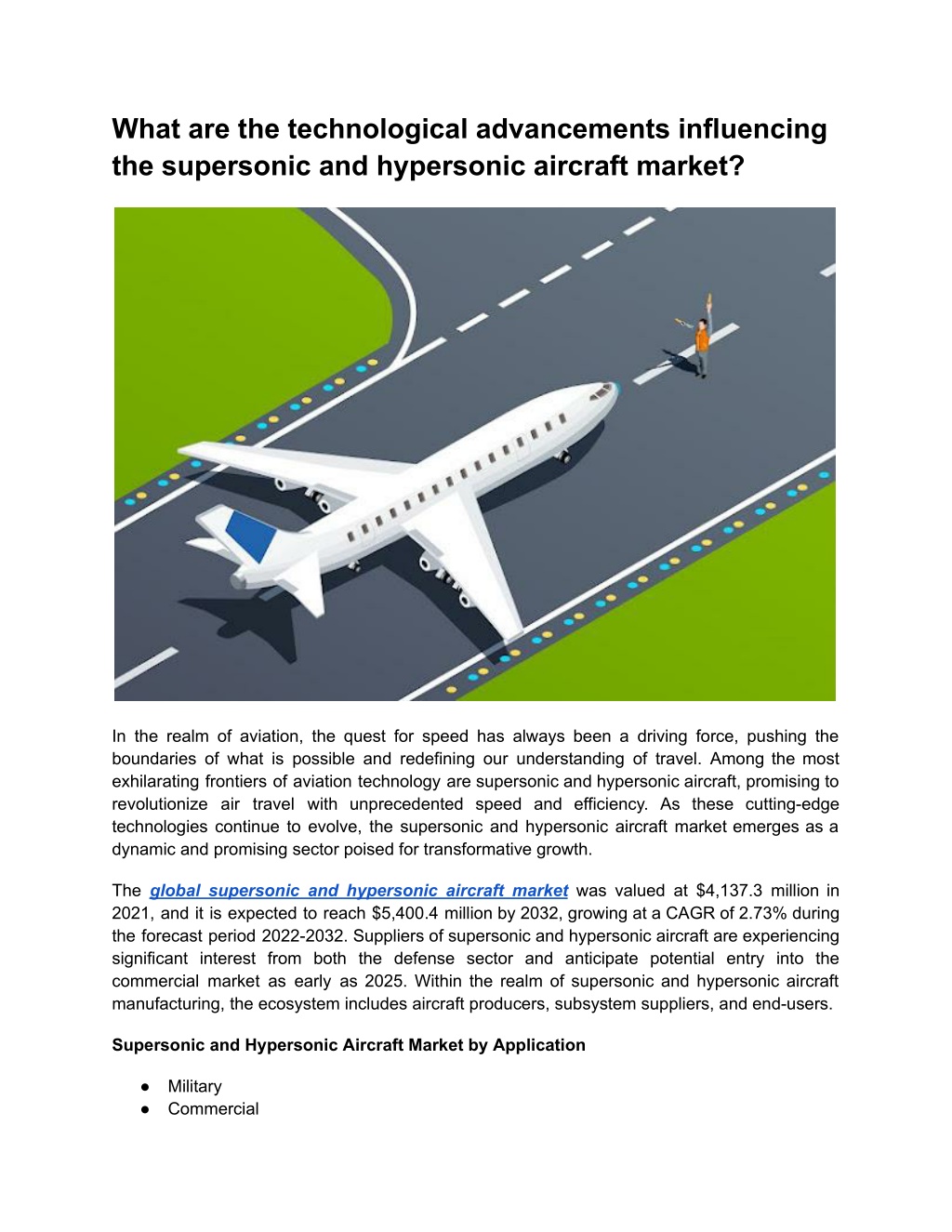
Technological advancements in supersonic and hypersonic aircraft market
The global supersonic and hypersonic aircraft market was valued at $4,137.3 million in 2021, and it is expected to reach $5,400.4 million by 2032, growing at a CAGR of 2.73% during the forecast period 2022-2032.nRead Report Overview: //bisresearch.com/industry-report/supersonic-hypersonic-aircraft-market.html
- Supersonic and Hypersonic Aircraft Market
- Supersonic and Hypersonic Aircraft Report
- Supersonic and Hypersonic Aircraft Industry
- Aerospace
- BISResearch
Download Presentation
Please find below an Image/Link to download the presentation.
The content on the website is provided AS IS for your information and personal use only. It may not be sold, licensed, or shared on other websites without obtaining consent from the author. Download presentation by click this link. If you encounter any issues during the download, it is possible that the publisher has removed the file from their server.
Presentation Transcript
What are the technological advancements influencing the supersonic and hypersonic aircraft market? In the realm of aviation, the quest for speed has always been a driving force, pushing the boundaries of what is possible and redefining our understanding of travel. Among the most exhilarating frontiers of aviation technology are supersonic and hypersonic aircraft, promising to revolutionize air travel with unprecedented speed and efficiency. As these cutting-edge technologies continue to evolve, the supersonic and hypersonic aircraft market emerges as a dynamic and promising sector poised for transformative growth. The global supersonic and hypersonic aircraft market was valued at $4,137.3 million in 2021, and it is expected to reach $5,400.4 million by 2032, growing at a CAGR of 2.73% during the forecast period 2022-2032. Suppliers of supersonic and hypersonic aircraft are experiencing significant interest from both the defense sector and anticipate potential entry into the commercial market as early as 2025. Within the realm of supersonic and hypersonic aircraft manufacturing, the ecosystem includes aircraft producers, subsystem suppliers, and end-users. Supersonic and Hypersonic Aircraft Market by Application Military Commercial
Defining Supersonic and Hypersonic Flight: Supersonic flight refers to speeds exceeding the speed of sound, commonly denoted as Mach 1. In practical terms, this equates to speeds greater than approximately 767 miles per hour (1,235 kilometers per hour) at sea level and varies with altitude and temperature. Supersonic aircraft, such as the iconic Concorde, have the ability to travel faster than sound, dramatically reducing travel times for long-haul flights. Hypersonic flight represents the next frontier, characterized by speeds exceeding Mach 5 or five times the speed of sound. At such velocities, aircraft experience extreme aerodynamic forces and thermal stresses, requiring advanced materials and propulsion systems to withstand the harsh conditions of hypersonic flight. Hypersonic aircraft hold the potential to revolutionize not only commercial air travel but also military reconnaissance, space access, and global transportation networks. Supersonic and Hypersonic Aircraft Market Dynamics: The supersonic and hypersonic aircraft market is fueled by several key drivers: 1. Demand for Faster Travel: In an era where time is of the essence, there exists a growing demand for faster and more efficient modes of transportation. Supersonic and hypersonic aircraft offer the promise of significantly reduced travel times, enabling passengers to traverse long distances in a fraction of the time required by conventional aircraft. 2. Technological Advancements: Recent advancements in aerospace engineering, materials science, and propulsion systems have unlocked new possibilities for supersonic and hypersonic flight. Innovations such as scramjet engines, advanced composite materials, and thermal protection systems have paved the way for the development of next-generation supersonic and hypersonic aircraft. 3. Market Competition and Investment: A resurgence of interest in supersonic travel has sparked a wave of investment and innovation in the aerospace industry. Both established aerospace giants and ambitious startups are vying for a share of the burgeoning market, driving competition and accelerating the pace of technological development. 4. Military Applications: Beyond commercial aviation, there exists significant demand for hypersonic aircraft in military and defense applications. Hypersonic weapons systems and reconnaissance platforms offer strategic advantages in terms of speed, range, and maneuverability, driving investment in hypersonic technology by military organizations worldwide. Request A Free Detailed Sample on Supersonic and Hypersonic Aircraft Market! Challenges and Opportunities: Despite the immense promise of supersonic and hypersonic flight, the market faces several challenges:
1. Regulatory Hurdles: The regulatory landscape surrounding supersonic and hypersonic flight remains complex, with stringent noise regulations and environmental concerns posing significant barriers to commercial deployment. Addressing regulatory challenges and obtaining certification for supersonic and hypersonic aircraft will be critical to unlocking market potential. 2. Cost and Affordability: The high cost of development and operation presents a significant barrier to entry for supersonic and hypersonic aircraft manufacturers. Achieving cost-effective operations and ensuring affordability for passengers will be essential to driving widespread adoption and commercial success. 3. Technological Risks: The extreme speeds and temperatures encountered during supersonic and hypersonic flight present formidable technical challenges. Ensuring the safety, reliability, and durability of aircraft systems in such demanding operating conditions will require rigorous testing, validation, and risk mitigation strategies. 4. Environmental Impact: Concerns regarding the environmental impact of supersonic and hypersonic flight, particularly in terms of noise pollution and emissions, pose challenges to market acceptance. Developing sustainable and eco-friendly aviation technologies will be essential to addressing environmental concerns and securing public support for supersonic and hypersonic travel. Despite these challenges, the supersonic and hypersonic aircraft market presents abundant opportunities for innovation and growth. As technological barriers are overcome and regulatory hurdles are navigated, supersonic and hypersonic aircraft have the potential to revolutionize air travel, reshape global transportation networks, and unlock new frontiers of exploration and commerce. Some prominent names established in this market are: BAE Systems plc Baykar Technology Boom Technology, Inc. Dassault Aviation SA Destinus SA Exosonic, Inc. Hermeus Corporation Hypersonix Launch Systems Ltd. Lockheed Martin Corporation Northrop Grumman Corporation GE Group Raytheon Technologies Corporation Reaction Engines Limited Rolls-Royce plc. The Boeing Company Get Detailed Insights on Aerospace Market Research Reports
Looking Ahead: As humanity continues to push the boundaries of speed and explore the outer limits of atmospheric flight, the future of supersonic and hypersonic aviation holds immense promise. From enabling rapid intercontinental travel to revolutionizing military reconnaissance and space access, supersonic and hypersonic aircraft are poised to redefine the way we think about air travel and transportation. As pioneers in aerospace engineering and propulsion technology continue to push the limits of what is possible, the supersonic and hypersonic aircraft market stands at the forefront of innovation, poised to usher in a new era of high-speed flight and exploration. As we look ahead to the dawn of a new age in aviation, one thing remains certain: the journey to supersonic and hypersonic flight promises to be as exhilarating as the destinations it will unlock.

